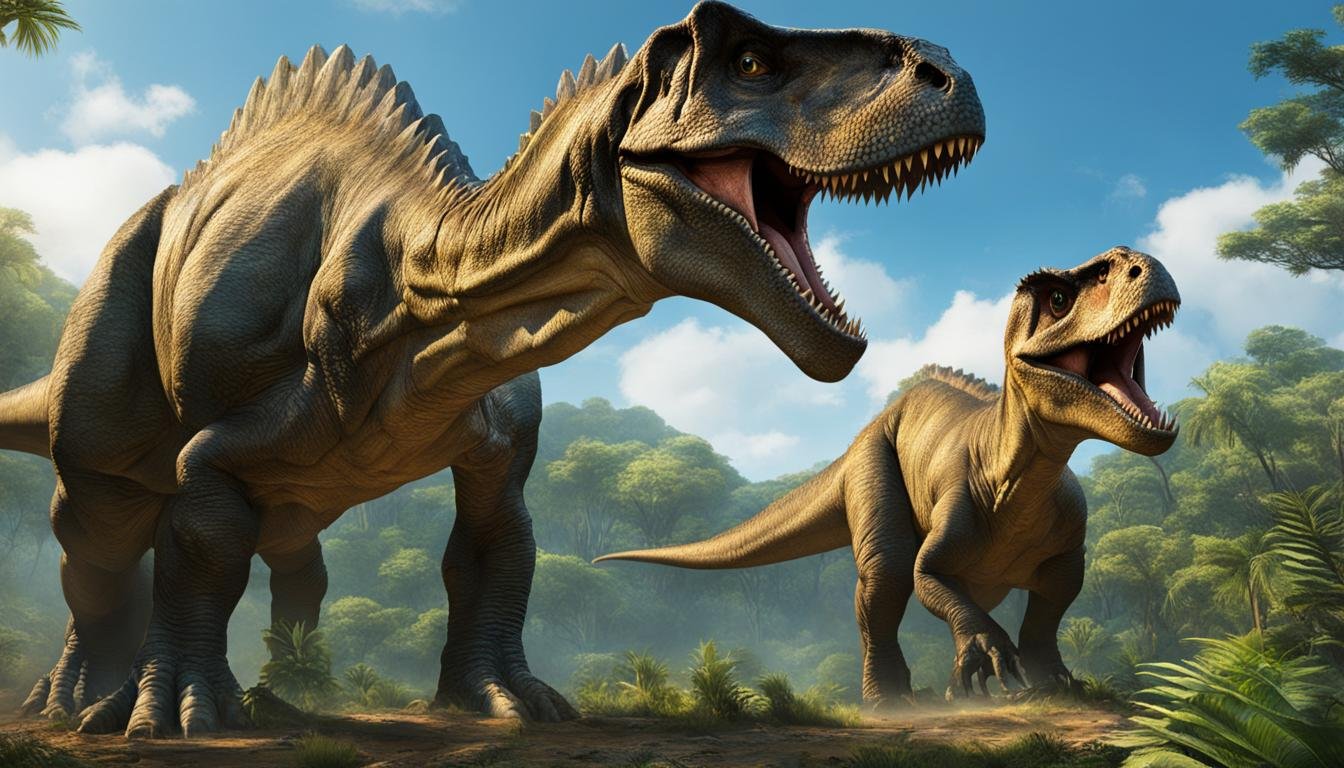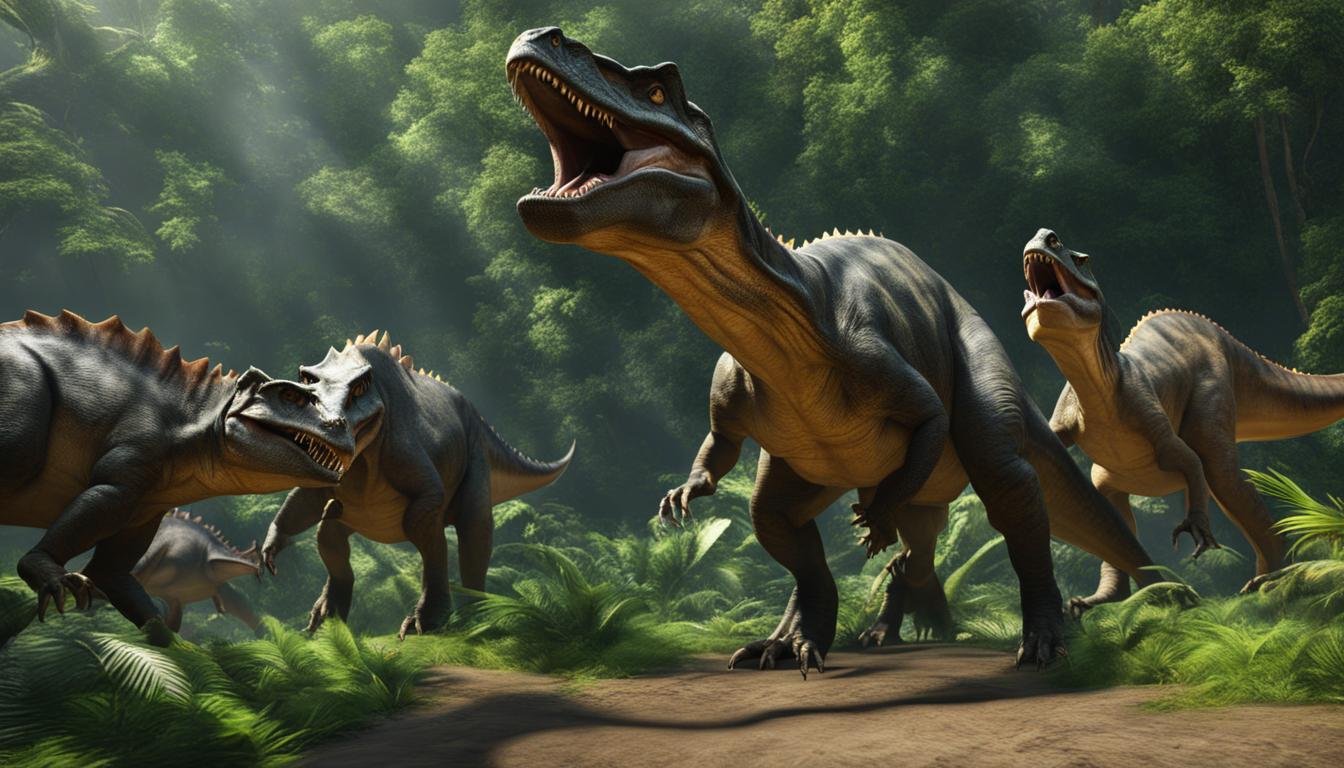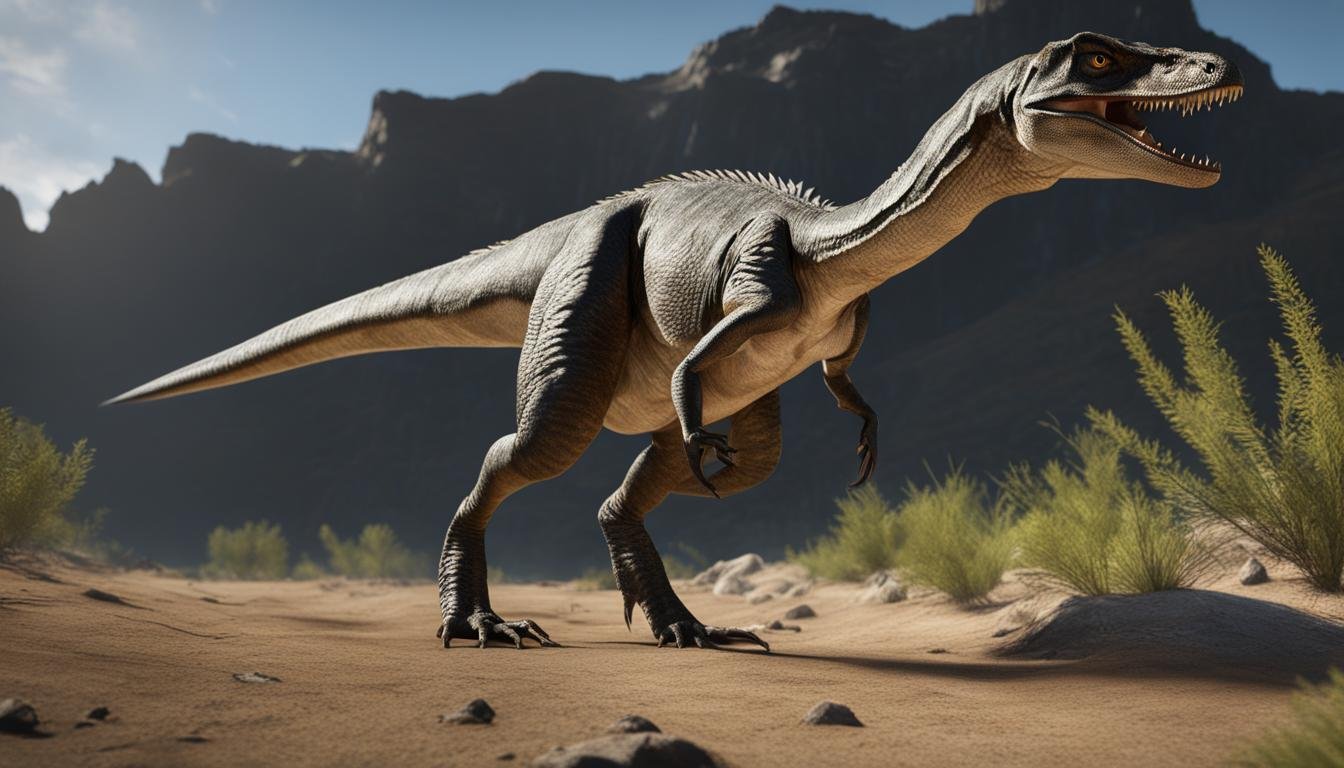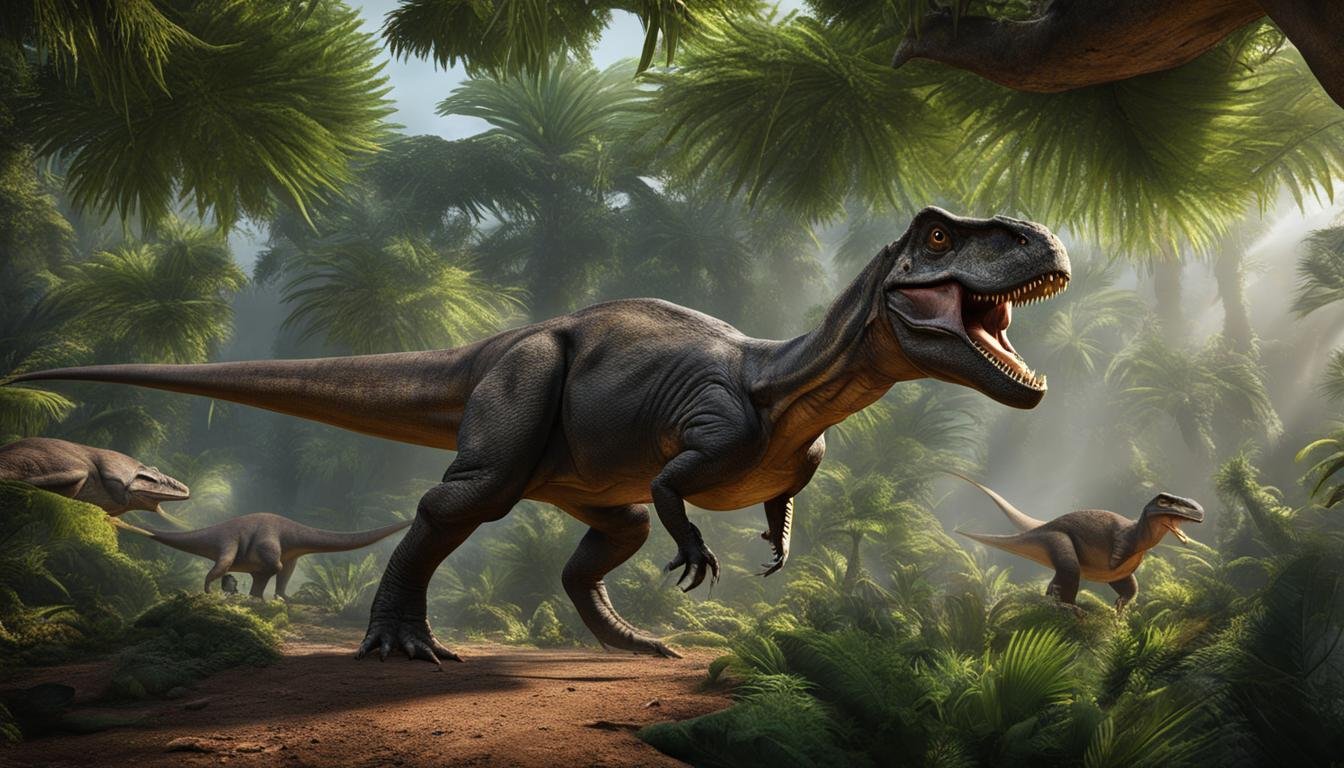Did you know that dinosaurs had their own unique ways of communicating and interacting socially? Scientists have discovered fascinating clues about how these ancient creatures communicated through fossils and by studying living animals related to dinosaurs, such as birds and crocodiles.
The research suggests that dinosaurs may have used various methods for communication, including vocalizations, body language, and visual displays. Let’s explore some of the intriguing aspects of dinosaur communication and social dynamics.
| Main Point | Description |
|---|---|
| Diverse Communication Methods | Dinosaurs utilized a variety of communication methods, including vocalizations, body language, and visual displays. |
| Vocalizations | Dinosaurs likely used closed-mouth vocalizations emitted through the skin in the neck area, akin to cooing sounds in modern birds. |
| Visual Displays for Communication | Features like crests, frills, and horns were significant for visual communication, playing roles in mating rituals and establishing dominance. |
| Role of Feathers in Communication | Feathers may have been used for display and communication, adding to the diversity of how dinosaurs interacted. |
| Insights from Communication Studies | Research into dinosaur communication methods offers important insights into their behavioral patterns and adaptive strategies. |
Dinosaur Visual Displays and Body Language
Dinosaurs utilized visual displays and body language as a means of communication and social interaction. Similar to their modern bird counterparts, dinosaurs likely engaged in elaborate dances, posturing, and posing to convey messages. Their physical features, such as crests, frills, and horns, played a significant role in signaling dominance, age, or attracting potential mates. These visual displays were designed to catch the attention and interest of others, either as a form of courtship or as a means of intimidation towards rivals.
The use of body language and visual displays was an essential aspect of dinosaur mating rituals. Just as peacocks rely on their vibrant feathers to attract mates, dinosaurs with elaborate crests, frills, or colorful plumage would have relied on these visual cues to communicate important information to their peers. Research suggests that many dinosaurs had excellent color vision, further enhancing the effectiveness of these displays.
Recent fossil discoveries have shed light on the presence of color patterns on dinosaur feathers, indicating that feathers played a role not only in flight but also in communication. Feathers may have been used to convey information about reproductive fitness, territory boundaries, or hierarchical status within dinosaur social groups. Although the exact coloration of dinosaurs remains uncertain, the presence of vivid colors such as red crowns or iridescent feathers suggests an intricate system of visual communication among these ancient creatures.
| Dinosaur Feature | Function |
|---|---|
| Crests | Signaling dominance and age |
| Frills | Intimidating rivals and attracting mates |
| Horns | Displaying dominance and attracting mates |
Through the use of visual displays and body language, dinosaurs were able to effectively communicate important messages, establish their social status, and engage in courtship rituals. The study of these fascinating aspects of dinosaur behavior provides valuable insights into their social dynamics and adaptations to their environment.
Vocalizations and Sound Production
Dinosaurs had a diverse range of vocalizations and sound production methods that they used for communication. While they did not possess the same vocal capabilities as mammals, scientific research suggests that dinosaurs likely produced various types of vocalizations to convey information to other individuals in their social group.
One fascinating aspect of dinosaur vocalizations is the concept of closed-mouth vocalizations. Similar to the coos of doves, some dinosaurs may have emitted sounds through the skin in the neck area, eliminating the need for an open mouth. This unique form of communication has been observed in birds, which are closely related to dinosaurs, providing further evidence of their vocal abilities.
In addition to closed-mouth vocalizations, some dinosaurs had natural resonating chambers in their bodies. These chambers, such as hollow crests or convoluted nasal passages, allowed them to produce low-frequency sounds that could travel over long distances. While the specific sounds they made cannot be determined with certainty, the ability to produce low-frequency sounds likely played a crucial role in their communication and social dynamics.
Dinosaur Auditory Communication
It is important to note that the study of dinosaur auditory communication is challenging due to the limited fossil evidence available. However, the presence of closed-mouth vocalizations and the structures that facilitated low-frequency sound production suggest that dinosaurs may have relied on auditory signals to convey information to one another. This form of communication would have been especially valuable in environments where visual displays and body language might not have been easily detectable.
The exact range and complexity of dinosaur vocalizations remain a topic of ongoing research and speculation. However, the study of vocalizations and sound production in dinosaurs provides valuable insights into their communication methods and enhances our understanding of these fascinating ancient creatures.
| Vocalization Type | Description |
|---|---|
| Closed-Mouth Vocalizations | Sounds emitted through the skin in the neck area, similar to the coos of doves. |
| Low-Frequency Sounds | Produced by dinosaurs with natural resonating chambers, such as hollow crests or convoluted nasal passages. |
| Auditory Communication | Dinosaurs likely relied on auditory signals to convey information to one another. |
Dinosaur Coloration and Feathers
Coloration and feathers played a significant role in the communication and visual displays of dinosaurs. Fossils and recent discoveries have provided valuable insights into the use of feathers by these ancient creatures. Feathers were not only used for flight but also for communication purposes, similar to the vibrant plumage of modern birds.
Studies suggest that dinosaurs with feathers may have used them as visual signals to attract potential mates or intimidate rivals. Although the exact coloration of dinosaurs is still uncertain, fossils have revealed the presence of vivid colors, such as red crowns or iridescent feathers, indicating the importance of color in their communication.
Furthermore, feathers were likely used for elaborate displays and showmanship. Some dinosaurs had long feathers on their forearms, resembling wings, which could have been used to capture attention during mating rituals or territorial displays. These visual displays, coupled with body language and vocalizations, formed a complex system of communication among dinosaurs.
“Feathers were not only an adaptation for flight but also played a crucial role in the social interactions of dinosaurs. They provided a means for dinosaurs to visually communicate with one another, using their vibrant colors and unique patterns to convey important messages.”
Examples of Dinosaur Feathers:
| Dinosaur | Feather Description |
|---|---|
| Velociraptor | Long, asymmetric feathers on the arms and tail |
| Tyrannosaurus Rex | Short, downy feathers covering the body |
| Anchiornis | Elaborate, colorful plumage covering the entire body |
The presence of feathers and their role in communication highlight the fascinating and diverse social dynamics of dinosaurs. By studying their coloration and plumage, scientists can gain further insights into the behavior and adaptation of these remarkable creatures.
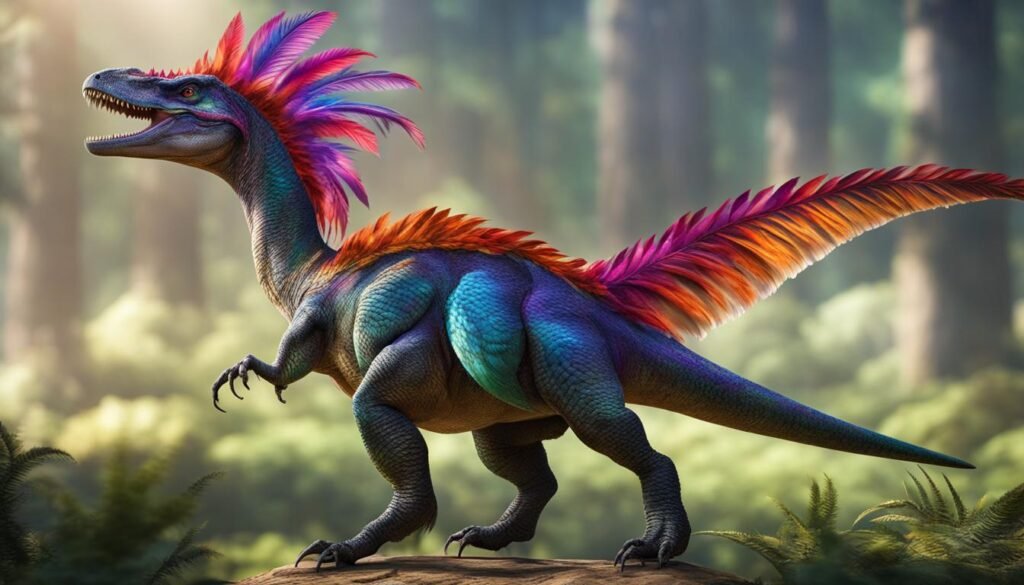
Conclusion
Dinosaurs were highly skilled in communication, utilizing a range of methods to interact with one another. Through vocalizations, visual displays, body language, and feathers, they were able to convey vital information and navigate their social dynamics.
Similar to their modern-day avian relatives, dinosaurs relied on closed-mouth vocalizations to communicate. Emitting coos through the skin in the neck area, dinosaurs used these unique sounds to convey messages to their counterparts.
Visual displays played a significant role in dinosaur communication, with elaborate crests, frills, and horns serving as their language. These striking features were employed during intricate mating rituals and to assert dominance within their communities.
Feathers, too, played a crucial role in dinosaur communication. Used for visual displays and showmanship, these vibrant plumages likely served as an effective means of attracting potential mates and intimidating rivals.
Overall, the intricate system of dinosaur communication, comprising vocalizations, visual displays, body language, and feathers, allowed these ancient creatures to navigate their social interactions and adapt to their environment. Studying these aspects provides us with valuable insights into the behavior and dynamics of the remarkable world of dinosaurs.

